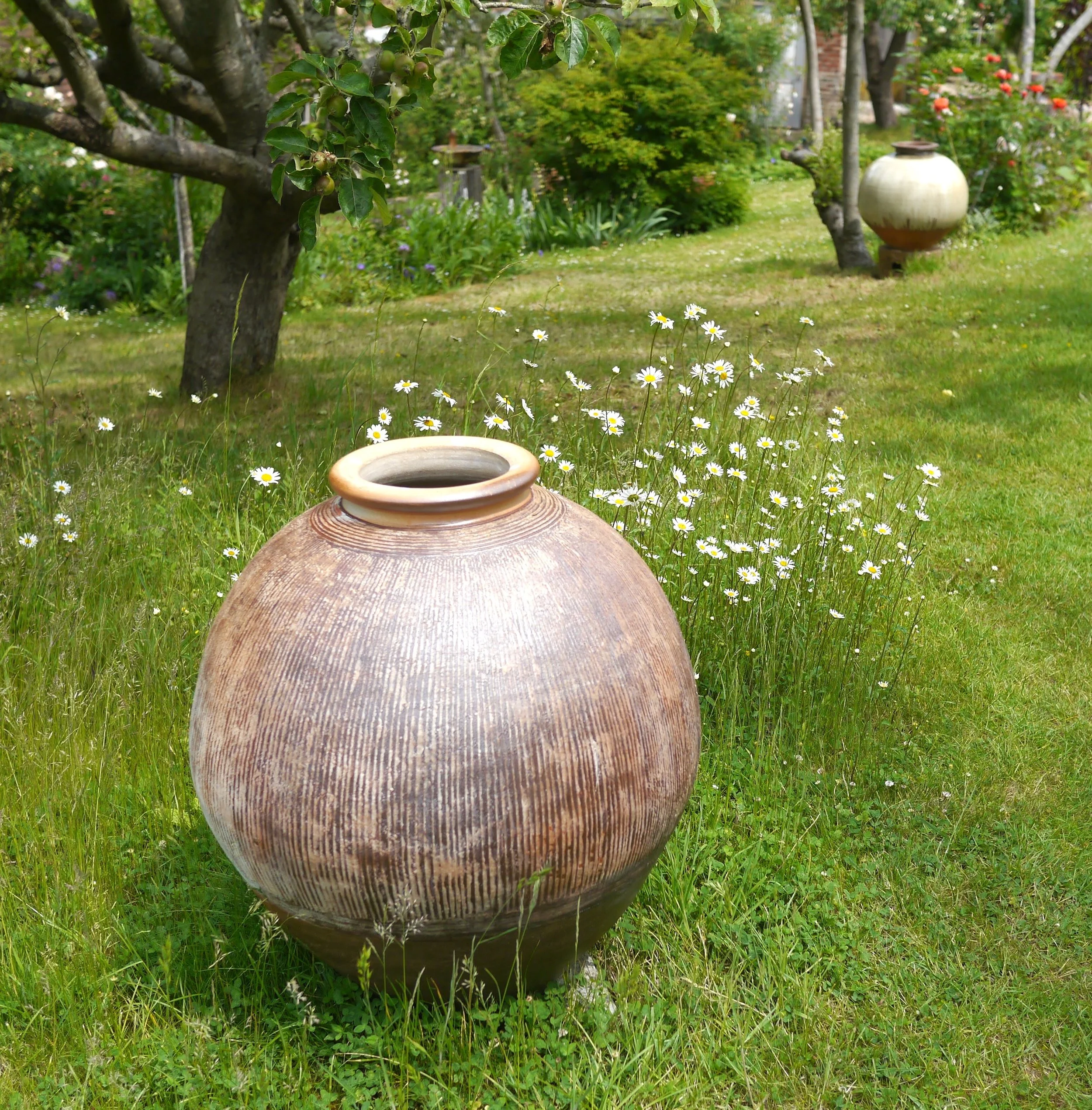CHEN CHI-kwan
Chen Chi-kwan was born in 1921 in Beijing, where he learnt calligraphy as a route to studying more traditional Chinese art disciplines. Seal, clerical, regular, running and cursive scripts all forming part of his early visual language.
Later in life, he adopted certain Western ideas of art making in order to reinvigorate the traditional Chinese tradition of ink painting, employing stylized representations of nature through his “mind’s eye” view of the world. His works have an easily identifiable playfulness and “lightness” of touch that feel fresh and set him apart from many of his contemporaries.
Displaced by the war with Japan in his youth, Chen Chi-Kwan finally settled in Chongqing, Sichuan province, where he studied architecture at Central University.
In 1948 Chen Chi-Kwan travelled to the United States to further his studies. In 1951 he was invited to work with Walter Gropius at his architectural firm whilst also being recommended to teach at Massachusetts Institute of Technology. In 1954 Chen was invited to travel to Taiwan and work on designing the campus of Tunghai University. It was here in Taiwan that he would settle permanently, his life becoming inseparable from the diasporic community as he achieved international recognition in both architecture and painting.
TORSO 1, 2, 3 and 4
An album of four leaves, each signed and with one seal of the artist Chen Chi-kwan yin (“Seal of Chen Chi-kwan”).
1988
Each leaf: 35 x 36 cm
Provenance:
The Artist, Taiwan, June 1981
Private Collection, Hong Kong
Published:
Taipei Fine Art Museum, Painting and Architecture of Chen Chi-kwan, Taipei: 2004, p. 166, and p. 231, no. 323
Exhibited:
Taipei Fine Art Museum, 8 November 2003 - 1 February 2004

















